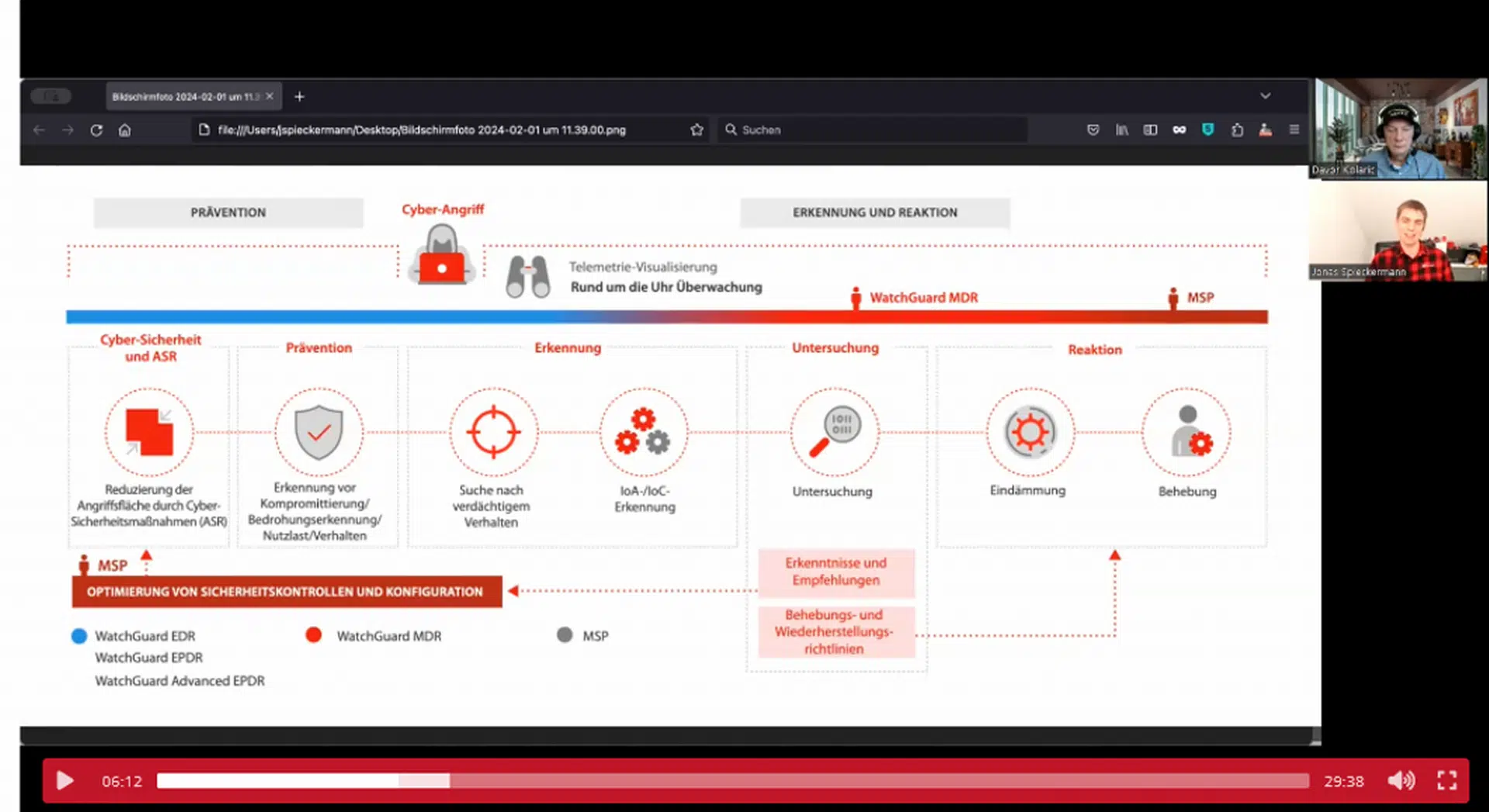
A remote code execution vulnerability is being dubbed ‘PrintNightmare’ (CVE-2021-34527 and CVE-2021-1675). + The vulnerabilities are present in the Windows Spooler Service present on all Windows versions. + Microsoft has released two patches to address these vulnerabilities (an Out-of_Band update on July 1 as well as the July 13th monthly update). + Exploit code is readily available and has already been folded into popular hacking tools like Mimikatz and the Metasploit framework. + SentinelOne has provided DeepVisibility queries to detect attempts to exploit PrintNightmare in customer environments.
What Happened?
On June 29, 2021, details emerged of a remotely exploitable vulnerability in the Microsoft Windows Print Spooler service affecting all versions of Windows to date. The vulnerability was originally discovered by security researchers at Sangfor Technologies and responsibly disclosed to Microsoft. Variants of the vulnerability, appropriately dubbed ‘PrintNightmare’, are tracked under CVE-2021-34527 and CVE-2021-1675. They allow Remote Code Execution and have now been folded into popular attack tools like Mimikatz and Metasploit. Microsoft has released updated versions of their patches and guidance as of July 13th. That said, if Microsoft’s instructions are not carefully followed, hosts may still be left exposed to exploitation.
The PrintNightmare Rapidly Escalates
Initially, it was believed that the vulnerability could only be exploited on Windows Servers; however, researchers found an alternative call flow to the vulnerable function that allows attacking any Windows machine running the Print Spooler service. Much of the severity lies in the ease of exploitation: it is network exploitable, requires no user interaction, and can be initiated from a lower-privileged context. All of that is a recipe for quick adoption by attackers of all stripes.
In this flaw, the Windows Print Spooler service improperly governs access to RpcAddPrinterDriverEx(), resulting in the ability to achieve SYSTEM privileges, and subsequently execute code within that context. The vulnerability was first exploited using the RpcAddPrinterDriverEx API. Subsequently, newer versions of the exploit began using an alternative execution flow calling the function RpcAsyncAddPrinterDriver to bypass detections. Ultimately, the flaw allows for the loading of a malicious DLL of the attacker’s choice, making the vulnerability ideal for multiple stages in the attack chain.
The vulnerability affects all supported versions of Microsoft Windows (servers and workstations alike). Hosts with the Windows Print Spooler Service running are exposed to potential exploitation.
Several days after Microsoft Emergency patch (KB5005010) was published, researchers published a full bypass which still allows full remote exploitation of a fully patched and rebooted system. The PrintNightmare attack was quickly integrated into mainstream attack tools such as MetaSploit, Mimikatz, and WinPwn.
Fachartikel
Studien

Drei Viertel aller DACH-Unternehmen haben jetzt CISOs – nur wird diese Rolle oft noch missverstanden

AI-Security-Report 2024 verdeutlicht: Deutsche Unternehmen sind mit Cybersecurity-Markt überfordert

Cloud-Transformation & GRC: Die Wolkendecke wird zur Superzelle

Threat Report: Anstieg der Ransomware-Vorfälle durch ERP-Kompromittierung um 400 %

Studie zu PKI und Post-Quanten-Kryptographie verdeutlicht wachsenden Bedarf an digitalem Vertrauen bei DACH-Organisationen
Whitepaper
Unter4Ohren

Datenklassifizierung: Sicherheit, Konformität und Kontrolle

Die Rolle der KI in der IT-Sicherheit

CrowdStrike Global Threat Report 2024 – Einblicke in die aktuelle Bedrohungslandschaft

WatchGuard Managed Detection & Response – Erkennung und Reaktion rund um die Uhr ohne Mehraufwand












